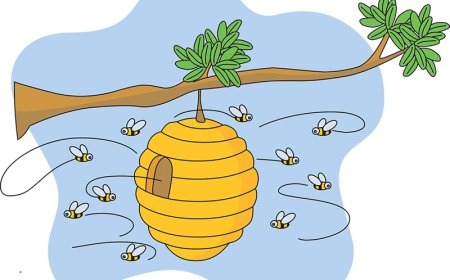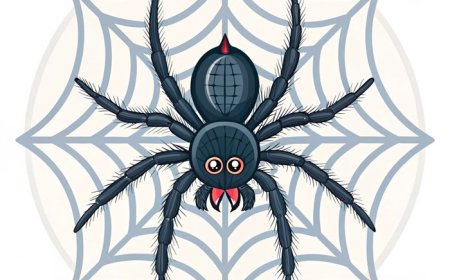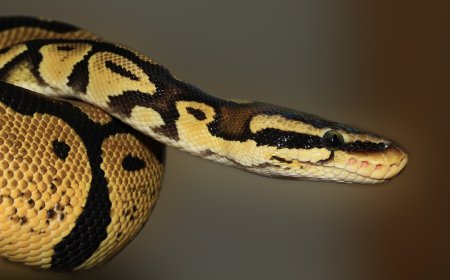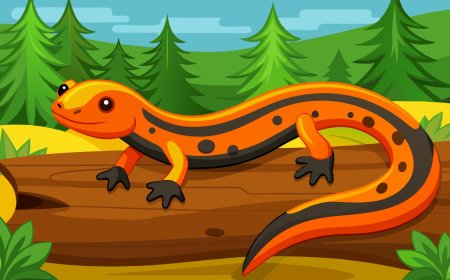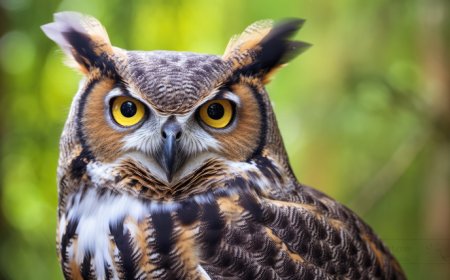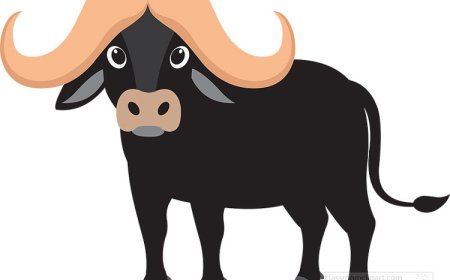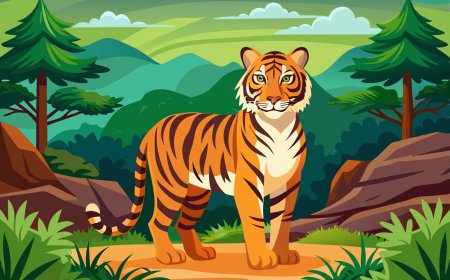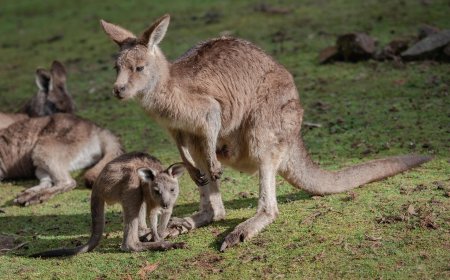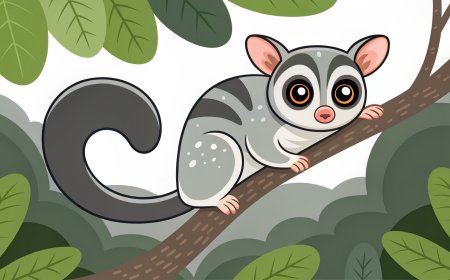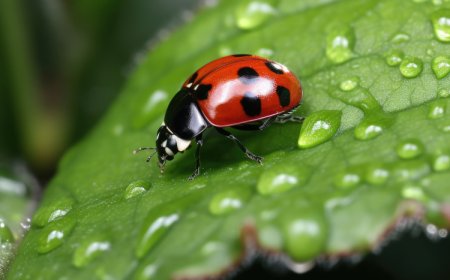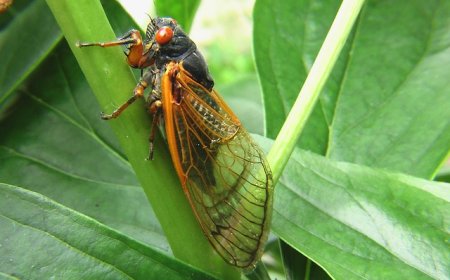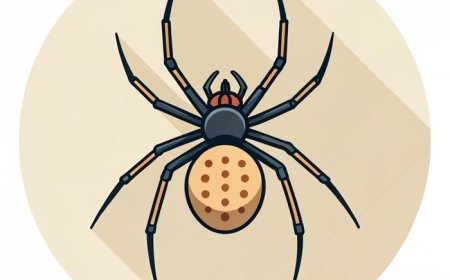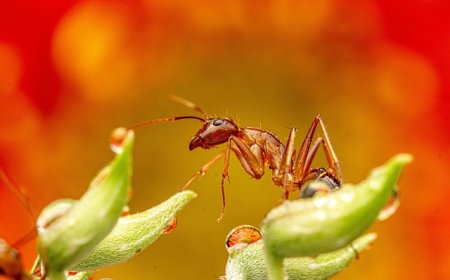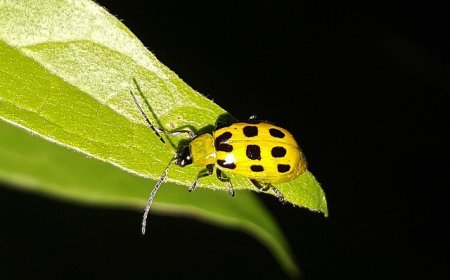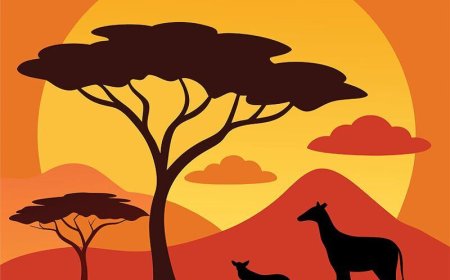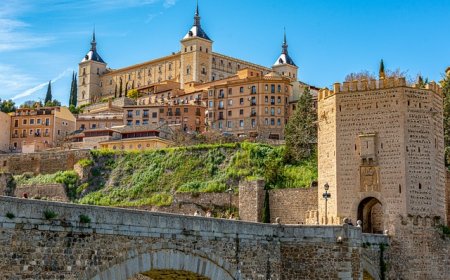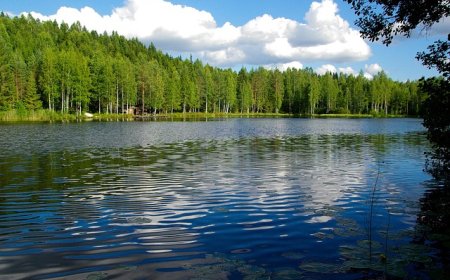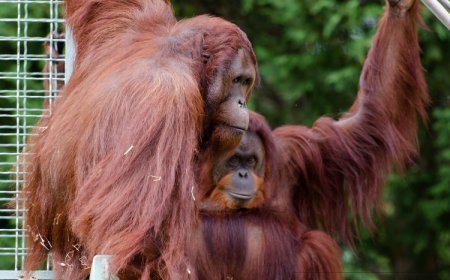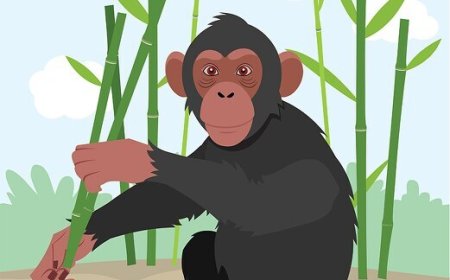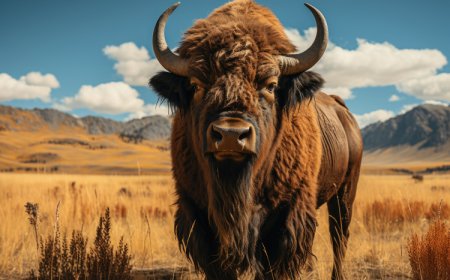All About Antelopes for Students: Speedy Survivors of the Grasslands
Learn about antelopes in this detailed article for students. Explore their habitats, diets, adaptations, and how they survive in Africa and Asia. Includes vocabulary, quiz, and a kid-friendly summary!
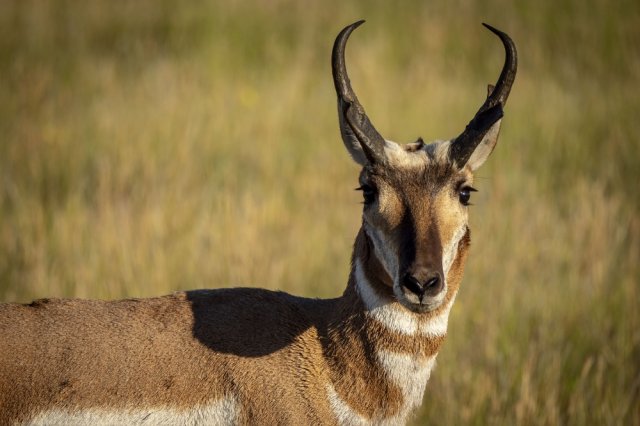
🦌 Antelopes: Speedy Survivors of the Grasslands
Antelopes are some of the most graceful and quick-footed animals in the animal kingdom. Known for their speed, agility, and sharp senses, antelopes are herbivorous mammals in the Bovidae family—alongside cows, goats, and sheep. There are over 90 species of antelope, ranging in size from the small royal antelope of West Africa to the large eland.
These animals live mainly in Africa, with a few species found in Asia and the Middle East. They are well adapted to open landscapes like savannas, grasslands, deserts, and woodlands, where they face predators such as lions, cheetahs, leopards, hyenas, and wild dogs. Antelopes rely on their speed, alertness, and group behavior to survive.
🌍 Habitat and Geographic Range
Antelopes inhabit diverse ecosystems across Africa and parts of Asia. In Africa, they roam the Serengeti plains, climb the rocky hills of Ethiopia, and graze in the wetlands of the Okavango Delta. In Asia, species like the blackbuck and nilgai live in India’s grasslands and forests.
Because they’ve adapted to many environments, antelopes vary greatly in shape, color, and behavior. Desert species like the addax and oryx survive long without water, while swamp dwellers like the sitatunga have splayed hooves for marshy terrain.
Open environments demand keen eyesight and herd behavior to spot danger. Many antelopes have large home ranges and migrate seasonally to find fresh grazing land.
🌿 Diet and Feeding Habits
Antelopes are herbivores that eat only plants. They fall into two categories:
- Grazers: Eat mainly grass (e.g., wildebeest, gazelle, hartebeest).
- Browsers: Eat leaves, twigs, and shrubs (e.g., kudu, impala).
Some, like the impala, are mixed feeders—grazing in the rainy season and browsing in the dry season. They feed during cool hours (morning and late afternoon) and rest at midday.
Antelopes have specialized teeth for grinding tough vegetation and multi-chambered stomachs for breaking down fiber. While feeding, they remain vigilant, lifting their heads often to scan for predators.
👥 Social Structure and Behavior
Most antelopes are social, living in herds that range from small groups to thousands during migrations. Herds offer protection: more eyes and ears detect danger early.
Within herds, they communicate via body language, scent, and vocal calls. Foot stamping, tail flashing, snorts, and alarm calls warn of predators. Some have scent glands to mark territory or signal mating readiness.
During breeding season, males defend territories through ritual horn-locking contests that display strength without serious injury. Mothers often conceal newborns in tall grass until they can follow the herd.
🦴 Physical Features and Adaptations
Antelopes are built for speed and agility. Their slim bodies, long legs, and powerful muscles enable speeds up to 60 mph (97 km/h) and leaps over 10 ft (3 m).
They bear permanent, unbranched horns (unlike deer antlers). Both sexes may have horns, larger in males. Horn shapes vary: spiral (kudu), curved (impala), straight (oryx), or ringed (gazelle).
Coat colors provide camouflage: light tones in dry grasslands and darker or striped patterns in forests. Species like the Thomson’s gazelle have bold rump markings that confuse predators during flight.
Large side-placed eyes give antelopes a wide field of vision to spot threats from afar.
⚠️ Threats and Conservation
While some antelope species remain common, many are endangered or critically endangered due to human impacts.
Major threats:
- Habitat loss to agriculture, mining, and development.
- Overhunting and poaching for meat, horns, and hides.
- Climate change, affecting food and water resources.
- Fencing and roads that block migration routes.
Conservation efforts:
- Establishing and maintaining national parks and reserves.
- Restoring habitats and creating wildlife corridors.
- Educating local communities on wildlife protection.
- Enforcing anti-poaching laws and patrols.
- Reintroducing species like the scimitar-horned oryx to native ranges.
🎉 Fun Facts About Antelopes
- The royal antelope is the smallest, standing just 10 in tall!
- Springboks perform “pronking” leaps into the air.
- Antelopes belong to the Bovidae family—relatives of cows and goats.
- Species like kudu and nyala have spiral-shaped horns.
- White rump markings act as signals during a herd’s escape.
🧠 Vocabulary List
- Herbivore – An animal that eats only plants.
- Grazer – An animal that feeds mostly on grass.
- Browser – An animal that eats leaves and shrubs.
- Herd – A group of antelopes or similar animals.
- Scent glands – Glands that release smells to communicate.
- Migration – Seasonal movement for food or water.
- Predator – An animal that hunts other animals.
- Camouflage – Colors or patterns that help animals hide.
- Conservation – Protecting wildlife and habitats.
- Poaching – Illegal hunting of wild animals.


